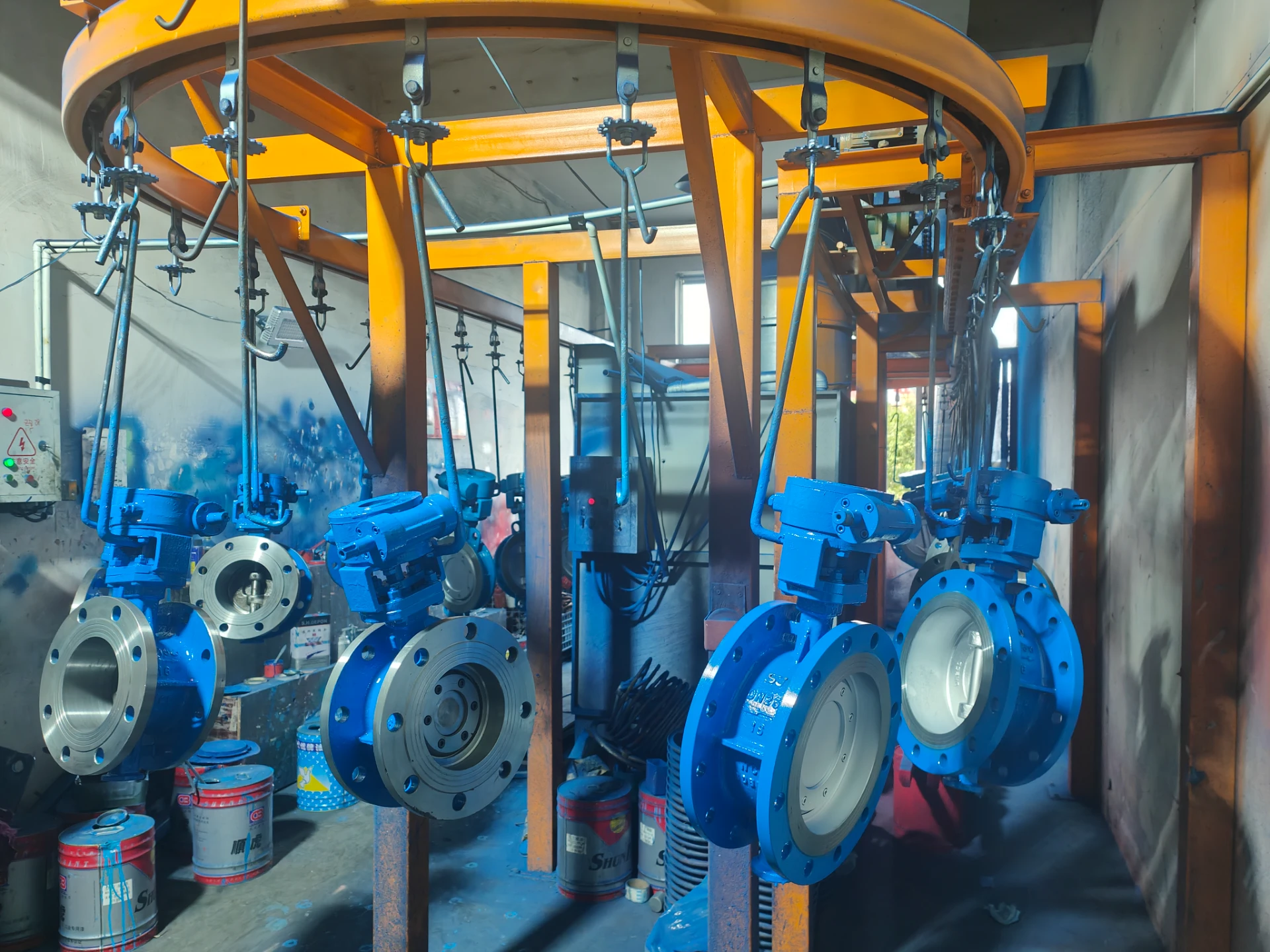butterfly valve
Butterfly valves, a crucial component in fluid control systems, offer precision and efficiency that can significantly enhance industrial operations. Understanding their unique capabilities and applications can transform your operational dynamics and bring an edge over competitors. Leveraging real-world experiences, expert insights, and authoritative knowledge can help maximize their value.

In the realm of fluid management, butterfly valves stand out due to their simple yet effective design. They consist of a circular disc, orbutterfly, mounted on a rotating shaft. The valve operates through a 90-degree rotation of this disc, which regulates the flow of fluid. This straightforward mechanism not only allows for quick operation but also contributes to their reliability and low maintenance requirements.
Expertise in selecting the right butterfly valve is crucial for achieving optimal performance. The three primary types — concentric, double-eccentric (or high-performance), and triple-eccentric — each serve distinct purposes. Concentric butterfly valves work best in low-pressure applications and are known for their versatility and cost-effectiveness. High-performance, or double-eccentric, valves cater to higher pressure systems with enhanced sealing capabilities. Triple-eccentric valves excel in applications demanding tight shut-off and are remarkably adept at handling severe service conditions, such as those involving steam or abrasive media.

Authoritative understanding of material compatibility is vital when integrating butterfly valves into various systems. The material composition of both the disc and the seat can influence the valve’s longevity and efficacy. Common materials include stainless steel, carbon steel, and exotic alloys for the disc; while seats may be made of EPDM, PTFE, or other resilient materials. Selecting materials that align with the flow media’s chemical properties and temperature range ensures durability and peak performance.
butterfly valve
Field experiences underscore the butterfly valve’s adaptability across industries such as pharmaceuticals, petrochemicals, and food processing. In the pharmaceutical industry, for example, their compact design and ease of cleaning make them ideal for environments demanding stringent hygiene standards. In oil and gas systems, the ability of high-performance butterfly valves to withstand extreme temperatures and pressures ensures uninterrupted operation amidst challenging conditions.
Trustworthiness in the deployment of butterfly valves comes from reliable testing and adherence to international standards such as ANSI/ASME, API, and ISO certifications. These standards ensure that the valves meet rigorous performance and safety benchmarks, fostering trust in their application across critical systems.
A comprehensive approach to integrating butterfly valves into your operations involves rigorous testing, expert consultation, and a clear understanding of your systems’ specific demands. By aligning these factors, butterfly valves can significantly enhance process efficiency, reduce downtime, and ultimately cut operational costs.
In conclusion, butterfly valves provide an effective solution for fluid control, with a versatility that suits a vast array of industrial applications. By combining real-world experience with authoritative knowledge, businesses can fully leverage these valves' potential, ensuring robust, reliable, and efficient operations.
-
Breakthrough in Domestic Low Temperature Valve Technology in ChinaNewsAug.18,2025
-
From Machinery to Intelligent Brain: The Digital Transformation Wave of the Valve IndustryNewsAug.18,2025
-
PCVEXPO 2025NewsAug.18,2025
-
The Key to Fluid Control: Exploring the Advantages of Ball Valves in Industrial SystemsNewsJul.09,2025
-
The Versatile World of 1, 2, and 3 Piece Ball ValvesNewsJul.09,2025
-
Stainless Steel Ball Valves: The Ideal Choice for Efficient Flow ControlNewsJul.09,2025
-
Optimizing Fluid Control with Ball Float ValvesNewsJul.09,2025




